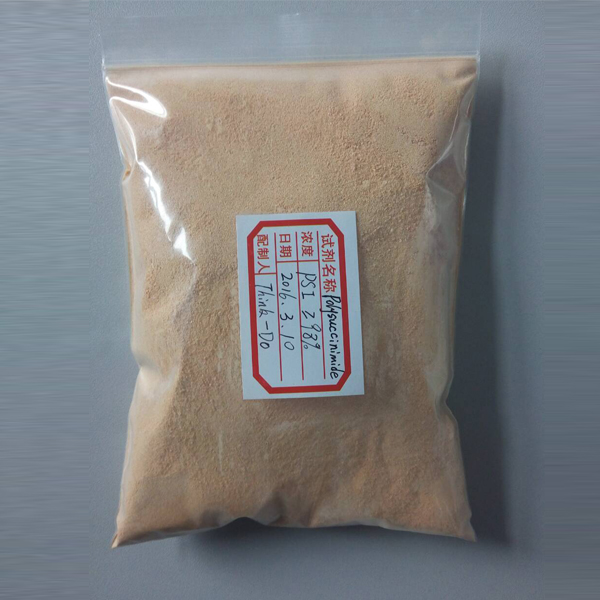
News
Jul . 26, 2024 12:26 Back to list
The Role of Chelating Agents in Cosmetic Formulations and Their Benefits for Skin Care Products
The Role of Chelating Agents in Cosmetics Manufacturing
In the ever-evolving world of cosmetics, the use of various ingredients plays a pivotal role in enhancing product efficacy, stability, and consumer satisfaction. One such important category of ingredients is chelating agents. These compounds, which have the ability to bind metal ions, are integral to many formulations, providing both functional and aesthetic benefits.
Understanding Chelating Agents
Chelating agents, or chelators, are substances that can form multiple bonds with a single metal ion. This mechanism reduces the reactivity of the metal ions, which can be detrimental in cosmetic products. Metals such as iron, copper, and calcium can interact with other ingredients in a formula, leading to oxidation, discoloration, or even reduced efficacy. By using chelating agents, manufacturers can effectively sequester these unwanted metal ions, maintaining the integrity and appearance of the product.
Benefits in Cosmetics
1. Stability Improvement One of the primary reasons chelating agents are used in cosmetics is to enhance stability. Many cosmetics contain active ingredients that can be sensitive to metal ions. The presence of these ions can lead to the degradation of these ingredients, resulting in a shorter shelf life. Chelating agents help stabilize formulations by preventing the interaction of these ingredients with metals, which ultimately prolongs the product's usability.
2. Enhanced Efficacy In addition to stability, chelating agents can improve the efficacy of active ingredients in formulations. For example, certain vitamins and antioxidants are known to be susceptible to oxidation when exposed to metal ions. By adding chelators to the formulation, these compounds remain effective for longer, thus providing better results for consumers.
3. Improved Appearance The visual appeal of cosmetic products is critical to consumer acceptance. Chelating agents can prevent the discoloration that occurs when metal ions interact with pigments and other components. This ensures that products maintain their intended color and appearance, which is especially important in color cosmetics like foundations and lipsticks.
chelating agent in cosmetics manufacturer

4. Quality Preservation Many personal care products contain water, which can introduce various metal contaminants. These contaminants can affect the feel and performance of the product. Chelating agents help preserve the quality of water-based formulations by binding to and removing these unwanted metal ions, ensuring a consistent sensory experience for users.
Common Chelating Agents Used in Cosmetics
Several chelating agents are commonly used in cosmetic formulations. One of the most widely recognized is EDTA (Ethylenediaminetetraacetic acid), known for its strong binding capability with a variety of metal ions. Other chelating agents include citric acid, sodium phytate, and gluconolactone. Each of these agents offers unique properties that can be utilized depending on the specific needs of the formulation, such as pH stability and compatibility with other ingredients.
Regulatory Considerations and Consumer Safety
As with all cosmetic ingredients, the use of chelating agents is subject to regulation. Manufacturers must ensure that the chelating agents used in their products are safe for consumers and compliant with relevant regulations. The trend towards natural and plant-based ingredients has also prompted the exploration of more environmentally friendly chelating alternatives. This evolution aligns with consumer demand for cleaner formulations.
Conclusion
Chelating agents play a crucial role in the cosmetics industry by enhancing product stability, efficacy, and appearance. As manufacturers strive to create high-quality, effective, and appealing products, the importance of these compounds cannot be overstated. By understanding and utilizing chelating agents effectively, cosmetic manufacturers can ensure that their products not only meet consumer expectations but also stand the test of time. As the industry continues to innovate, the role of chelating agents will undoubtedly evolve, contributing to safer and more effective cosmetic formulations.
-
Polyaspartic Acid Salts in Agricultural Fertilizers: A Sustainable Solution
NewsJul.21,2025
-
OEM Chelating Agent Preservative Supplier & Manufacturer High-Quality Customized Solutions
NewsJul.08,2025
-
OEM Potassium Chelating Agent Manufacturer - Custom Potassium Oxalate & Citrate Solutions
NewsJul.08,2025
-
OEM Pentasodium DTPA Chelating Agent Supplier & Manufacturer High Purity & Cost-Effective Solutions
NewsJul.08,2025
-
High-Efficiency Chelated Trace Elements Fertilizer Bulk Supplier & Manufacturer Quotes
NewsJul.07,2025
-
High Quality K Formation for a Chelating Agent – Reliable Manufacturer & Supplier
NewsJul.07,2025
